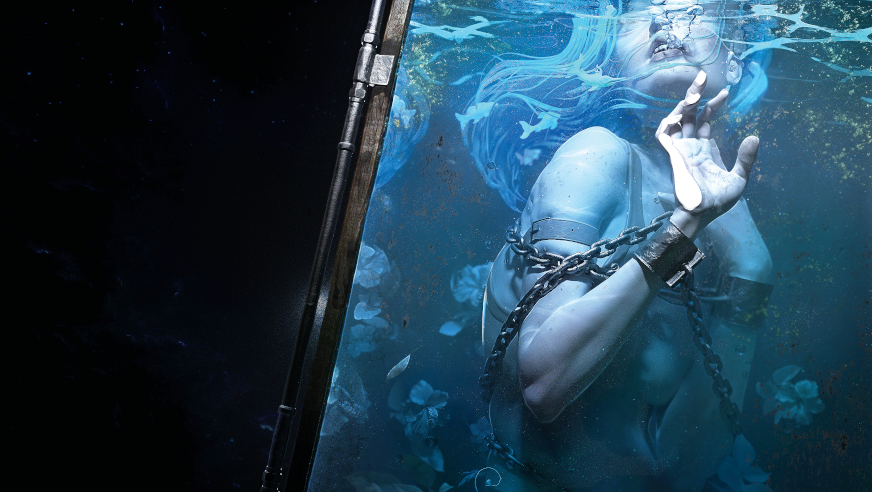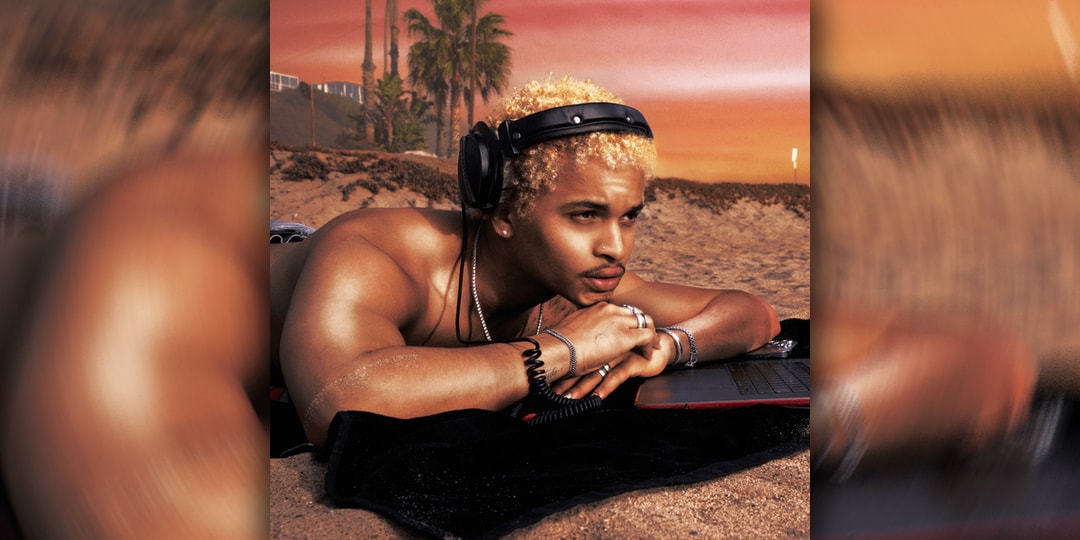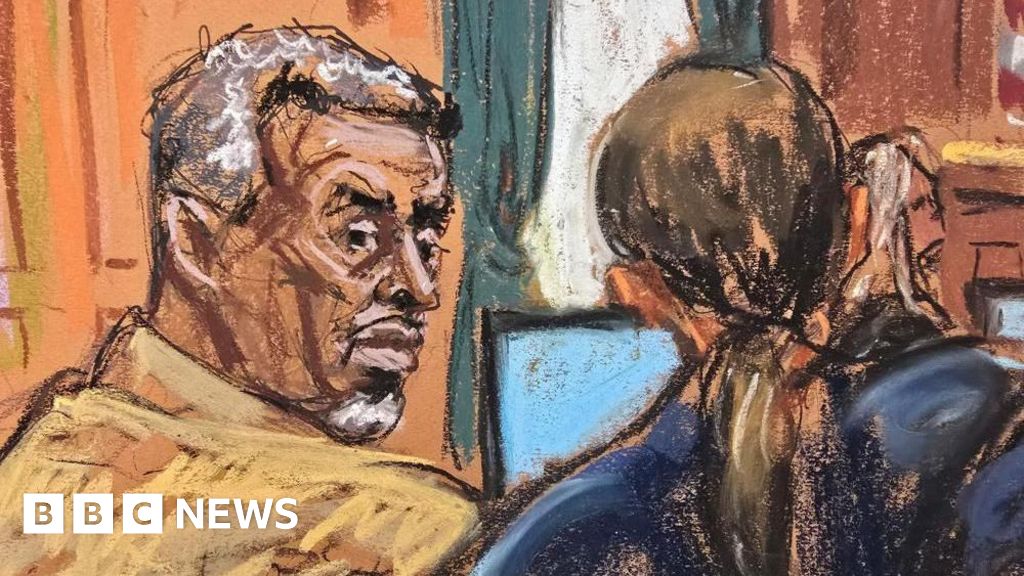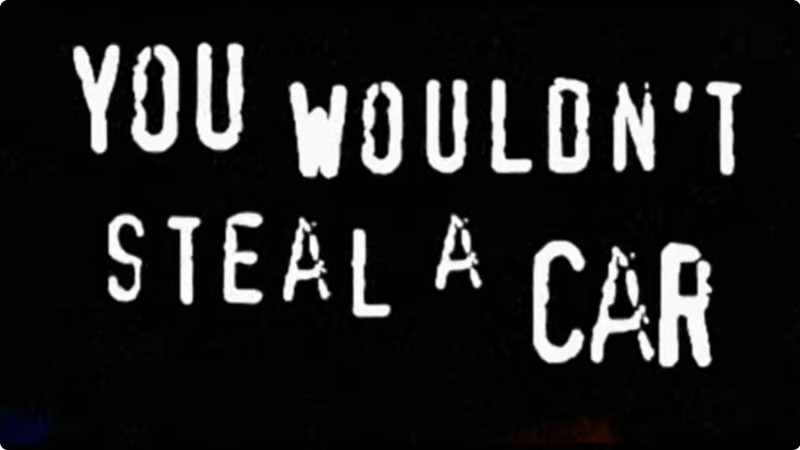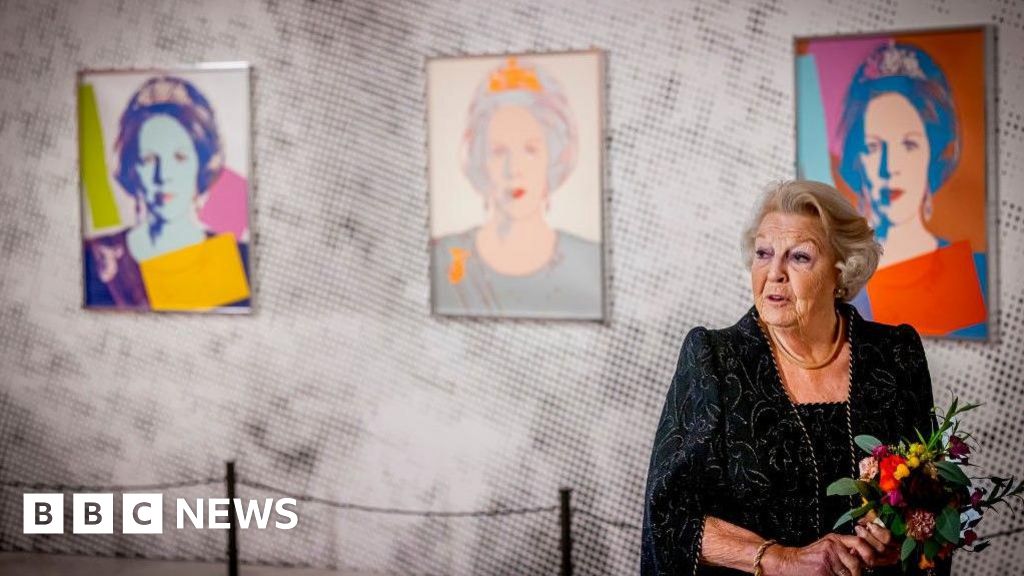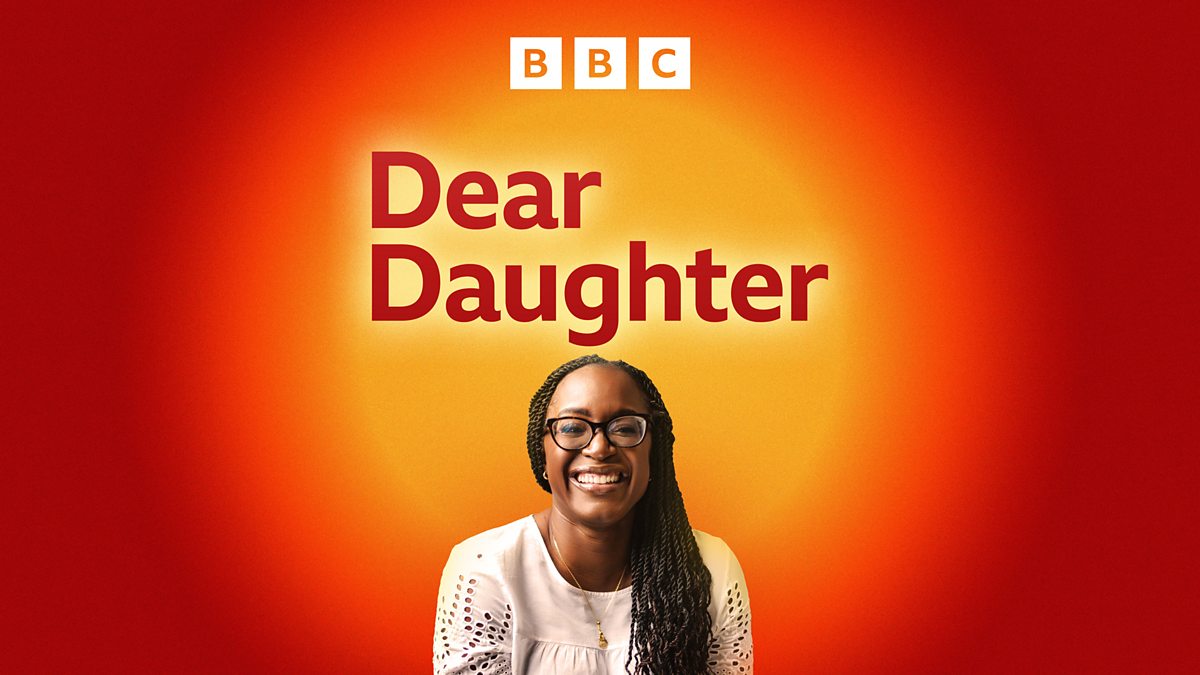Exploring the Realities Behind 'Conclave': A Closer Look at the Papal Election Process
The movie Conclave offers a dramatic portrayal of the complex and secretive process involved in electing a new pope, capturing the intrigue of smear campaigns, politicking, and the overall tension that surrounds this significant event. As Catholics worldwide mourn the passing of Pope Francis, the process depicted in the film becomes even more relevant and resonates with the actual events unfolding in the Vatican.
Lead actor Ralph Fiennes, who takes on the role of Cardinal Lawrence, expressed a deep desire for authenticity in the film. "I had grown up in a Catholic family, and uncles of mine work as Catholic priests and theologians," he shared with the ABC. "So my instinctive thing was, 'Please, please can we get this right? Can the details be accurate?'" With this commitment to accuracy, the film aims to serve as a reference point for those outside the often concealed electoral process of the papacy.
At the heart of Conclave is the fictional narrative following Cardinal Lawrence in the wake of a pope's death. The film begins at a moment known as the 'vacancy of the Apostolic See,' which is declared when a pope dies or resigns. The regulations governing this crucial time are laid out in Vatican legislation, which was last updated by Pope John Paul II in 1996. According to Professor Darius von Guttner Sporzynski, a historian and dean at the Australian Catholic University's Canberra campus, the film's depiction closely mirrors these official guidelines, stating that it reflects almost to the letter the processes outlined in Vatican law.
Following the death of a pope, there are nine days of mourning, during which cardinals from around the globe converge at the Vatican. The conclave, which is the assembly responsible for electing the new pope, is required to commence within a span of 20 days. In the film, Cardinal Lawrence is portrayed as the Dean of the College of Cardinals, the individual charged with overseeing this important conclave meeting. In reality, the current dean, Giovanni Battista Re, at 91 years of age, will not preside over the upcoming conclave due to restrictions that prohibit anyone over the age of 80 from participating. Instead, the most senior eligible cardinal bishop, currently Cardinal Pietro Parolin, is expected to take the lead.
The film delves deeply into the factional tensions and smear campaigns that characterize the lives of the cardinals, who each have their own visions for the future of the Church. Professor von Guttner Sporzynski notes that while the film dramatizes these elements, it also brings to light the human experiences and emotions involved in a process that is fundamentally spiritual in nature. He emphasizes that while the film plays up the theatrics, it does succeed in showcasing the personal struggles and ideological battles faced by the cardinals.
Director Edward Berger has described Conclave as a "thriller that takes us behind the Vatican doors," but he insists that at its core, it is also about Ralph Fiennes' inner journey. This layered storytelling approach invites audiences to explore not just the political maneuvering within the Church, but also the profound faith that underpins such an extraordinary event.
Reflecting on the real-life events, Pope Francis, then Jorge Bergoglio, recounted in his book The Successor the tactics employed by a faction of cardinals during the 2005 conclave, where they attempted to block the election of Cardinal Joseph Ratzinger. This group, which included Francis himself, received 40 out of 115 votes, not with the intention of electing him, but rather to prevent a foreign pope from taking office. Their aim was to force a compromise candidate through the elimination of Ratzinger from contention. Ultimately, Cardinal Ratzinger was elected as Pope Benedict XVI.
During a conclave, cardinals are kept in seclusion to avoid outside influence during the election process. While the Vatican itself is off-limits for filming, Conclave was shot in historic locations throughout Rome, giving the cast a unique opportunity to tour the Sistine Chapel, an experience that actor Stanley Tucci described as awe-inspiring. "We went to the Vatican and got to see a little bit behind the scenes, what most people would not normally be able to see. That alone is impressive. I mean, the Sistine Chapel is, of course, an extraordinary thing, and to have access to it the way we did ... was great," he recounted.
In terms of authenticity, Fiennes emphasized the importance placed on accuracy by the film's cast and crew. We did have a religious advisor on set every day to ensure that even the simplest aspects of our deportment, like how we held our prayer hands, were correct, he stated. While he anticipates that some viewers may criticize certain details, he believes there was a concerted effort to authentically represent the religious elements depicted in the film.
Professor von Guttner Sporzynski elaborated on the conclave process, explaining that it involves a secret ballot akin to leadership elections around the world. Cardinals cast votes on paper ballots featuring handwritten names of their candidates, supervised by scrutineers just like in regular election processes. He noted that historically, the death of a pope was confirmed by tapping a tiny silver hammer on the forehead of the deceaseda practice that has since been replaced by medical verification.
During the conclave, cardinals cast two ballots each morning and afternoon until a two-thirds majority is achieved. The results of these deliberations are famously announced to the public by the smoke that escapes from the Sistine Chapel's chimney: black smoke indicates a failed vote, while white smoke signifies the election of a new pope. In earlier times, the smoke was produced by burning the ballots along with wet straw, whereas nowadays, chemical agents are used to create the different colors.
Professor von Guttner Sporzynski pointed out that the reforms introduced by Pope John Paul II were motivated by his experiences in two conclaves. He recognized the need for a more efficient process and revised the rules accordingly. The balance between spiritual significance and practical logistics remains a core aspect of the conclave, reflecting the belief among Catholics that the process is divinely inspired. As the movie poignantly suggests, If there was no mystery, there wouldn't be a need for faith.
Conclave is currently streaming in Australia for rent or purchase on platforms such as Prime Video, Apple TV, Google TV, and YouTube.













